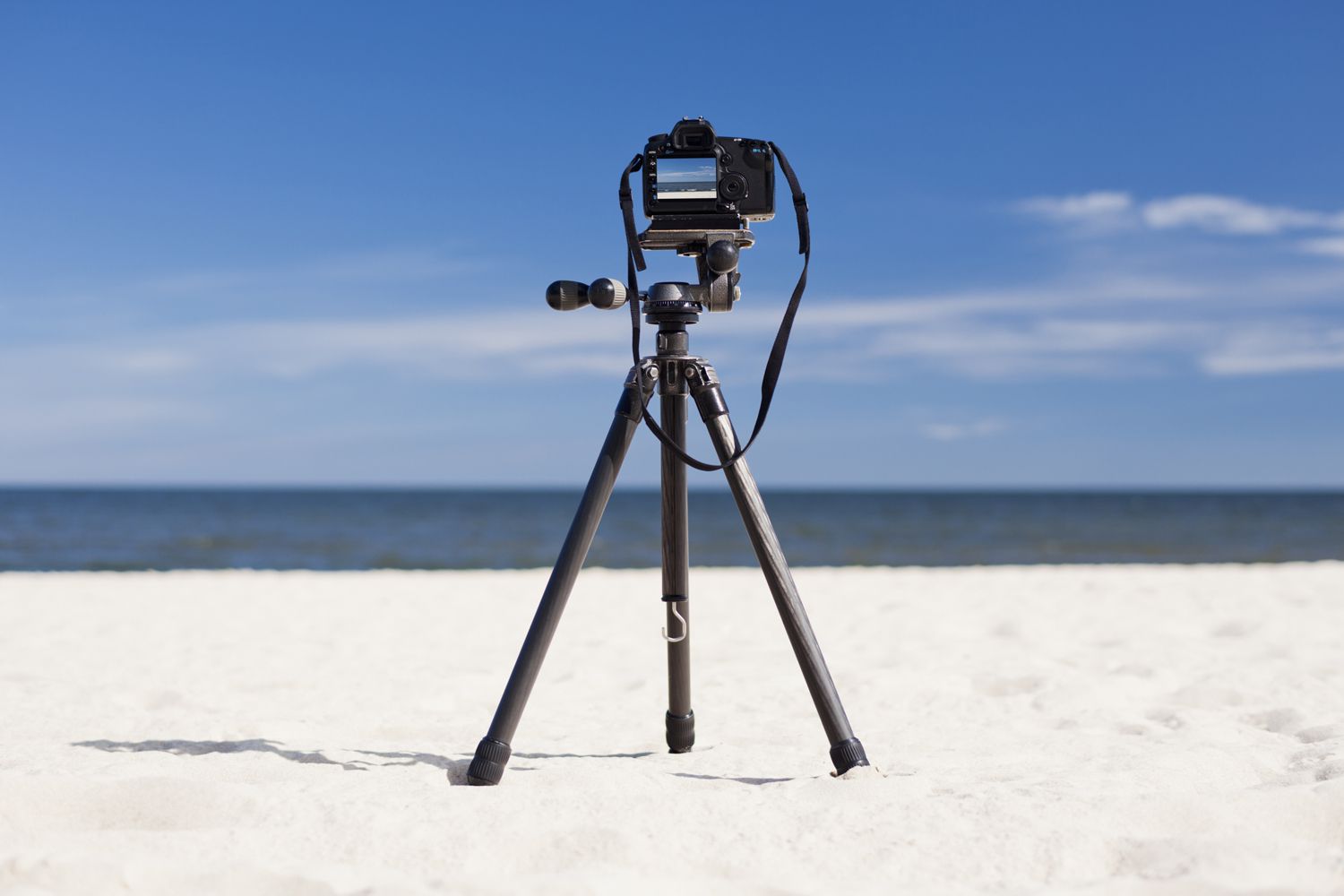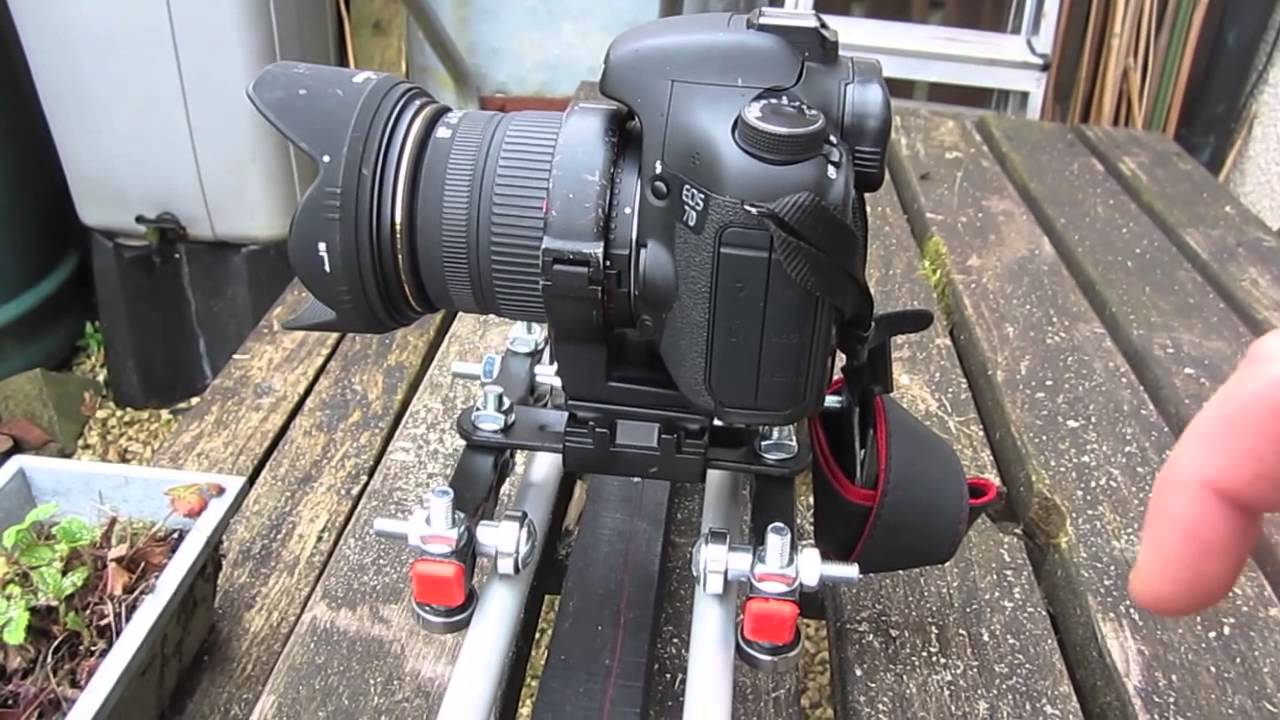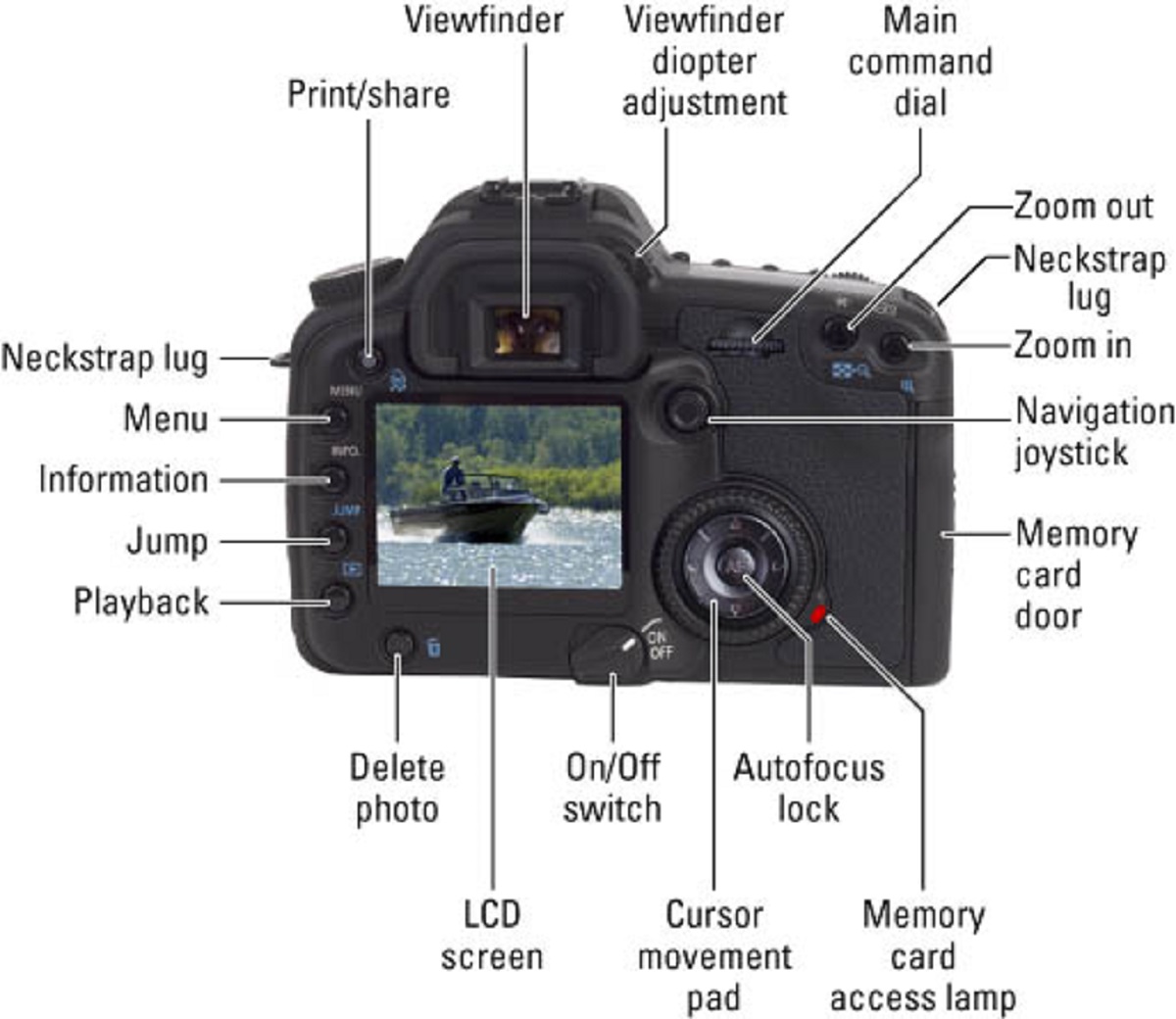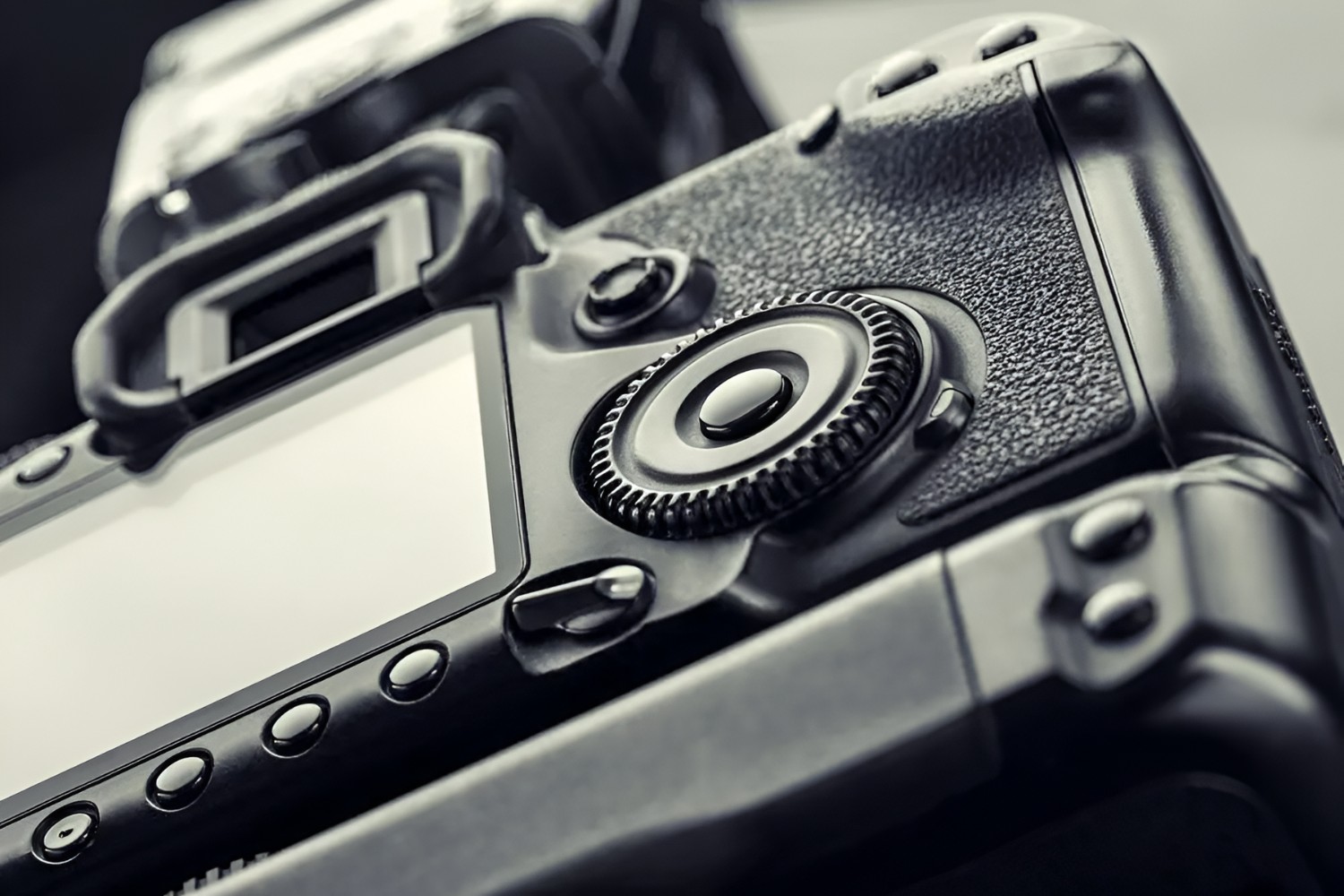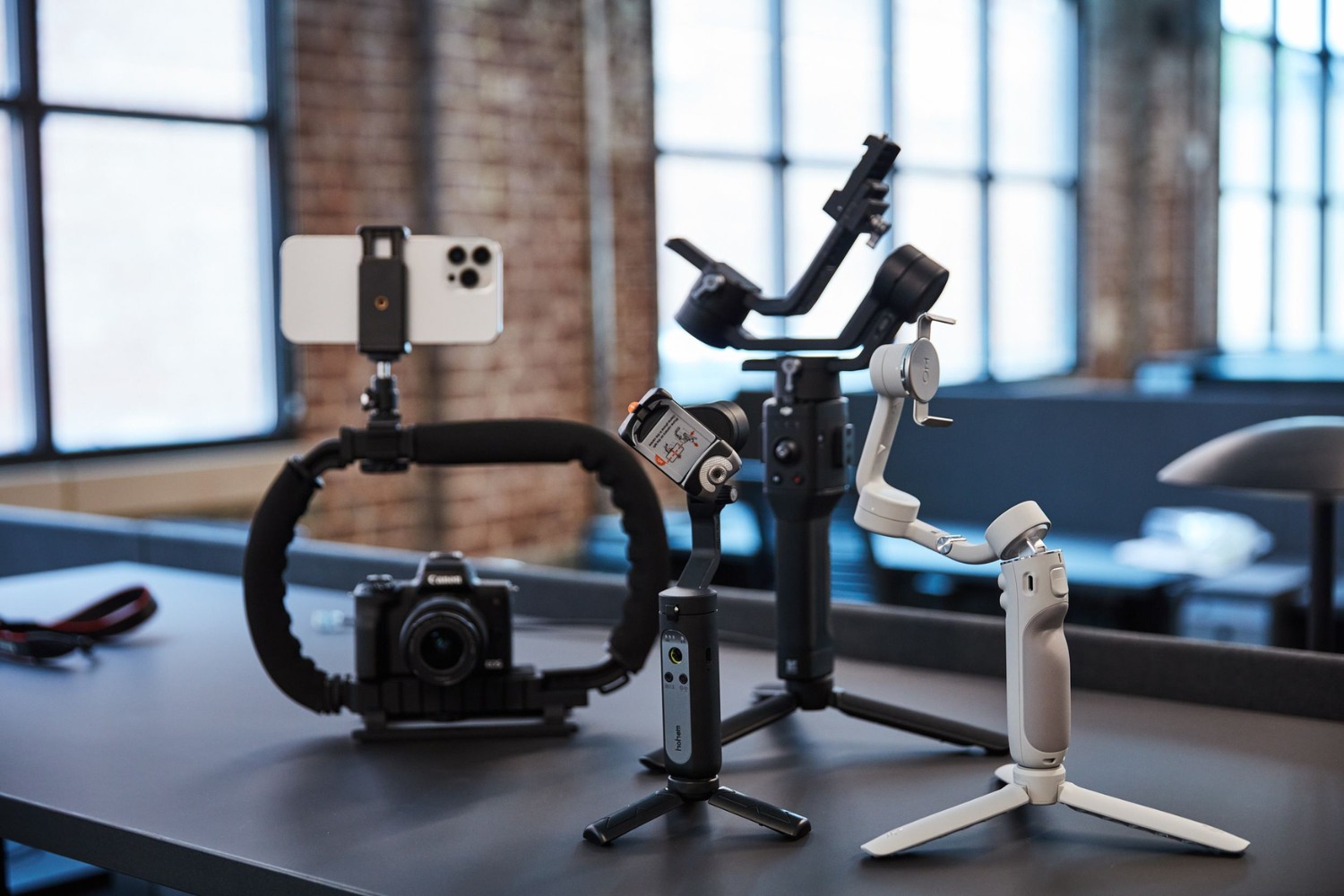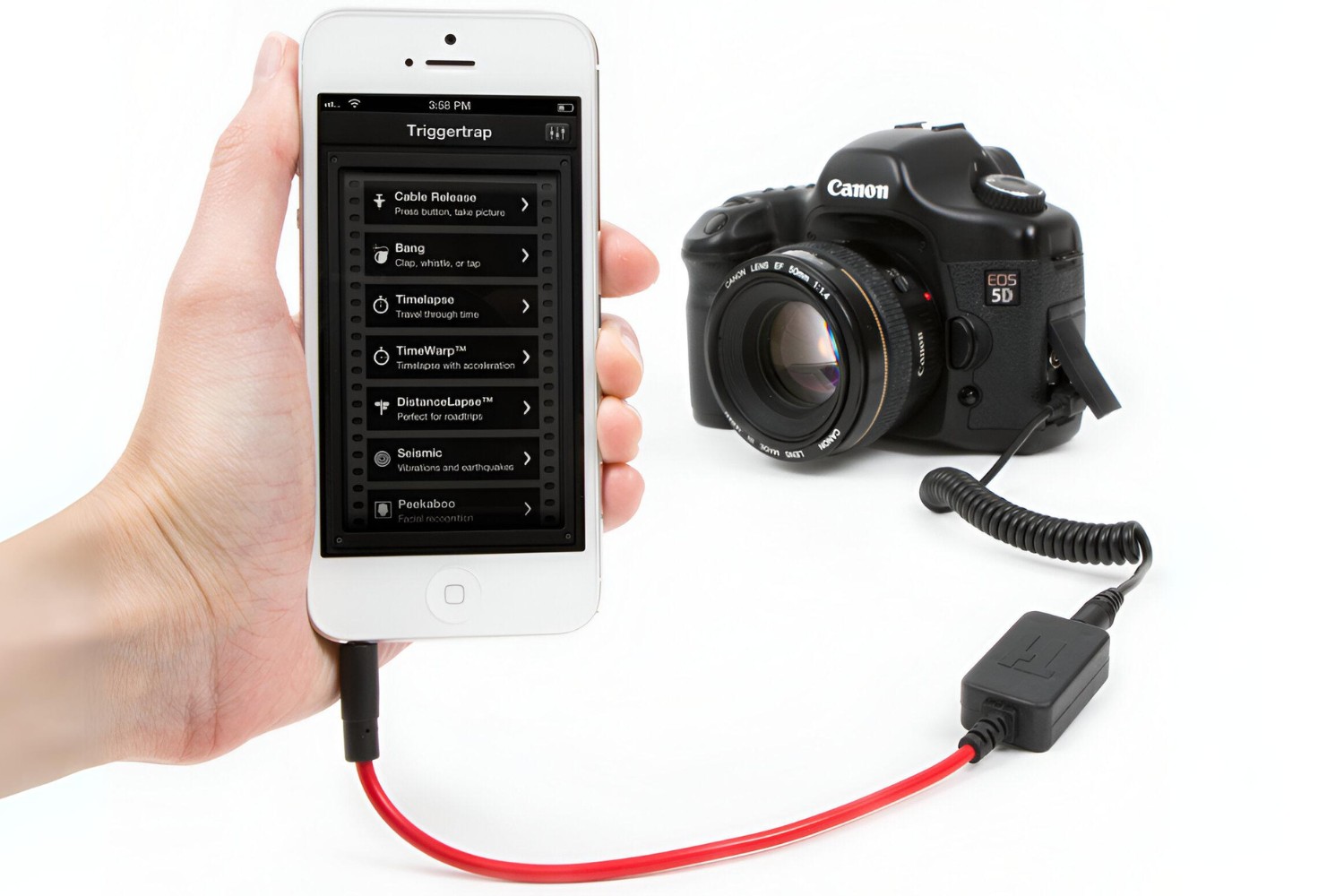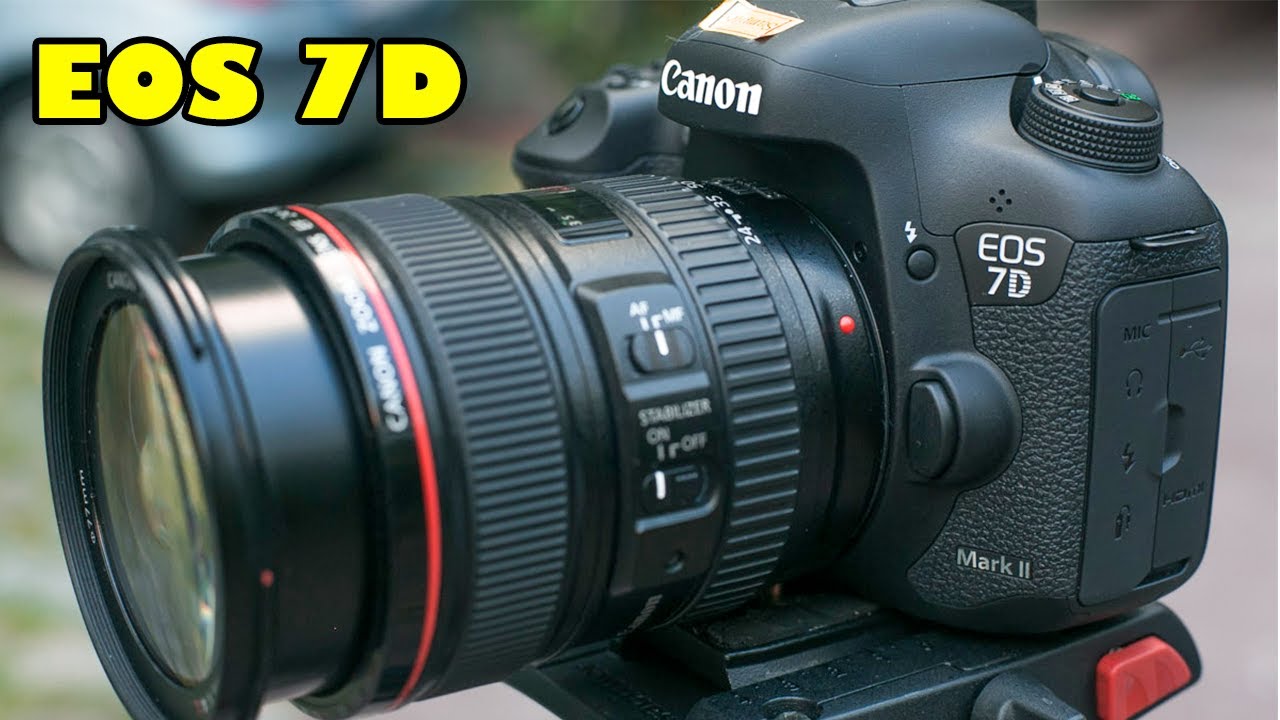Introduction
Capturing a dynamic and fast-paced running shot with a DSLR camera requires a combination of technical knowledge and practical skills. Whether you're photographing a sprinting athlete, a galloping horse, or a playful pet, setting up your DSLR camera to effectively freeze the motion while maintaining sharp focus is essential. In this guide, we will explore the key settings and techniques to help you achieve stunning running shots with your DSLR camera.
Photographing moving subjects presents a unique set of challenges and opportunities. Understanding the interplay between shutter speed, aperture, ISO, and focus is crucial for achieving professional-quality running shots. By mastering these fundamental elements of photography and employing specific strategies tailored to capturing motion, you can elevate your photography to new heights.
In the following sections, we will delve into the intricacies of shutter speed, aperture selection, ISO adjustments, focus settings, and utilizing burst mode for continuous shooting. Additionally, we will discuss practical tips for stabilizing your camera to ensure crisp and clear images. By the end of this guide, you will be equipped with the knowledge and techniques necessary to confidently set up your DSLR camera for capturing captivating running shots.
Whether you're an aspiring sports photographer, a nature enthusiast seeking to capture wildlife in motion, or simply looking to improve your photography skills, mastering the art of setting up your DSLR camera for running shots will open up a world of creative possibilities. Let's embark on this journey to unlock the potential of your DSLR camera and unleash your creativity in capturing the exhilarating beauty of motion.
Understanding Shutter Speed
Shutter speed is a fundamental aspect of photography that plays a pivotal role in freezing or capturing motion. It refers to the length of time the camera’s shutter remains open to allow light to reach the camera sensor. When it comes to photographing running subjects, understanding and appropriately adjusting the shutter speed is essential for achieving sharp and dynamic images.
For fast-moving subjects such as runners, animals in motion, or vehicles, a faster shutter speed is imperative to freeze the action and prevent motion blur. A shutter speed of 1/500th of a second or faster is typically recommended for capturing crisp running shots. However, the exact shutter speed may vary depending on the speed of the subject and the desired effect. Experimenting with different shutter speeds can help you determine the optimal setting for a specific running scenario.
Conversely, a slower shutter speed can be utilized to convey a sense of motion and dynamism in the photograph. This technique, known as panning, involves tracking the subject with the camera while using a slower shutter speed to create a blurred background while keeping the subject relatively sharp. Panning can add a compelling sense of speed and energy to running shots, especially in sports and action photography.
Understanding the relationship between shutter speed and motion is crucial for achieving the desired visual impact in your running shots. By mastering the art of adjusting shutter speed to suit different running scenarios, you can effectively capture the essence of speed and movement in your photographs.
Choosing the Right Aperture
Aperture, represented by the f-stop value, is a critical component in photography that influences the depth of field and the amount of light entering the camera. When capturing running shots with a DSLR camera, selecting the appropriate aperture setting is essential for achieving the desired focus and background blur.
For running subjects, especially in outdoor settings, a wide aperture (represented by a lower f-stop number, such as f/2.8 or f/4) is often preferred to isolate the subject from the background and create a visually appealing separation. A wide aperture not only allows for faster shutter speeds in bright conditions but also helps in producing striking, blurred backgrounds that emphasize the subject’s motion.
However, in certain scenarios where capturing the entire scene in sharp focus is desired, a narrower aperture (higher f-stop number, such as f/8 or higher) may be more suitable. This is particularly useful when photographing group runs, races, or events where showcasing the surrounding environment is important. Keep in mind that a narrower aperture reduces the amount of light entering the camera, which may necessitate adjustments to the shutter speed and ISO settings to maintain proper exposure.
Understanding the impact of aperture on depth of field and background blur is crucial for creating compelling running shots. By carefully considering the visual effect you wish to achieve and the specific demands of the shooting environment, you can skillfully choose the right aperture setting to enhance the impact and visual appeal of your running photographs.
Adjusting ISO for Motion
ISO, in the context of photography, refers to the sensitivity of the camera sensor to light. When capturing running shots with a DSLR camera, understanding how to adjust the ISO setting to accommodate motion and varying lighting conditions is essential for achieving optimal image quality.
In well-lit outdoor environments, such as a bright sunny day or a well-lit running track, a lower ISO setting, such as ISO 100 or 200, is typically sufficient to produce clear and detailed images without introducing excessive digital noise. Lower ISO values are advantageous as they result in finer image quality, making them ideal for capturing running subjects in ample natural light.
Conversely, when photographing running subjects in low-light conditions or during indoor events, a higher ISO setting becomes necessary to maintain faster shutter speeds and adequate exposure. By increasing the ISO sensitivity, such as using ISO 800, 1600, or higher, the camera becomes more responsive to the available light, allowing for faster shutter speeds to freeze motion effectively.
It is important to note that higher ISO settings may introduce digital noise, which can affect the overall image quality. Modern DSLR cameras are equipped with advanced noise reduction technology, but it is advisable to strike a balance between achieving the necessary shutter speed and minimizing the impact of noise on the final image.
Understanding how to adjust the ISO setting according to the prevailing lighting conditions and the speed of the running subjects is crucial for producing compelling and well-exposed running shots. By mastering the art of balancing ISO sensitivity with shutter speed and aperture, you can confidently adapt to various lighting scenarios and capture stunning running photographs with your DSLR camera.
Setting Focus for Action
When capturing dynamic running shots with a DSLR camera, achieving precise focus is crucial for producing sharp and impactful images. Properly setting the focus for action involves understanding the autofocus modes, tracking moving subjects, and selecting the appropriate focus points to ensure that the running subjects are captured with clarity and precision.
Autofocus modes, such as continuous autofocus (AI-Servo for Canon or AF-C for Nikon), are specifically designed to track and maintain focus on moving subjects. When photographing runners in motion, utilizing the continuous autofocus mode enables the camera to adjust the focus continuously as the subject moves, ensuring that they remain sharp and well-defined throughout the sequence of shots.
Additionally, selecting the appropriate focus points within the frame is essential for accurately tracking and capturing running subjects. Many DSLR cameras offer a multitude of focus points that can be manually selected or set to automatic mode. When photographing individual runners, utilizing a single focus point or a small cluster of points around the subject’s position can help maintain precise focus on the moving subject, even as they traverse the frame.
For group running shots or races, employing a wider selection of focus points or utilizing the camera’s dynamic area autofocus mode can aid in tracking multiple subjects across the frame, ensuring that the entire group remains in focus throughout the action.
By understanding and leveraging the autofocus capabilities of your DSLR camera, you can confidently set the focus for action and capture compelling running shots with clarity and precision. Mastering the art of autofocus and focus point selection empowers you to consistently produce professional-quality images that showcase the energy and dynamism of running subjects.
Using Burst Mode for Continuous Shots
Utilizing the burst mode feature of your DSLR camera is a powerful technique for capturing a series of continuous shots of running subjects, allowing you to freeze dynamic movements and select the most compelling frames from the sequence. Burst mode, also known as continuous shooting mode, enables the camera to capture multiple images in rapid succession with a single press of the shutter button.
When photographing running subjects, particularly in fast-paced scenarios such as sports events or wildlife in motion, employing burst mode provides several distinct advantages. It allows you to capture the subtle nuances of movement, ensuring that you have a diverse selection of images to choose from, each with its own unique composition and timing.
Furthermore, burst mode increases the likelihood of capturing the decisive moment – that split-second when the runner exhibits the most dynamic and visually appealing pose or expression. This is especially valuable in sports photography, where the ability to freeze the peak action can result in striking and impactful images that convey the intensity and excitement of the moment.
When utilizing burst mode, it is important to consider the capacity of your camera’s buffer and the speed of your memory card to ensure that the continuous shooting sequence is not interrupted by a full buffer or slow write speeds. Additionally, refining your timing and anticipation of the subject’s movements can enhance the effectiveness of burst mode, allowing you to anticipate and capture the most compelling moments with precision.
By leveraging the capabilities of burst mode, you can elevate your running shots to new heights, capturing the essence of motion and vitality with a series of dynamic and expressive images. Whether you’re photographing sprinters, marathon runners, or wildlife in action, mastering burst mode empowers you to freeze the excitement and energy of running subjects with finesse and artistry.
Tips for Stabilizing Your Camera
Stabilizing your camera is crucial when capturing running shots, as it helps ensure sharp and clear images, especially in fast-paced and dynamic shooting environments. Implementing effective stabilization techniques can significantly enhance the quality and impact of your running photographs, allowing you to convey the energy and motion of the subjects with precision and clarity.
One of the most fundamental methods for stabilizing your camera during running shots is to utilize a sturdy tripod or monopod. These tools provide a stable platform for your camera, minimizing the risk of camera shake and allowing you to maintain consistent framing and composition while tracking moving subjects. For added flexibility, consider using a tripod with a fluid head or a gimbal mount, which enables smooth panning and tracking of running subjects with ease.
When shooting handheld, proper posture and technique play a crucial role in stabilizing your camera and reducing the impact of hand tremors. Ensuring a firm and stable grip on the camera, bracing your elbows against your body, and employing controlled breathing techniques can help minimize camera shake and enhance the overall stability of your shots.
For photographers on the move, such as those capturing running events or action-packed scenes, incorporating camera stabilization accessories, such as a camera harness or a stabilizing strap, can provide added support and stability, allowing for greater mobility without compromising image quality.
In low-light conditions or when using slower shutter speeds to convey motion blur, consider employing image stabilization technology, either through lens stabilization or in-camera stabilization systems. These features can compensate for minor camera movements, resulting in sharper images even in challenging shooting conditions.
Finally, being mindful of your surroundings and utilizing stable platforms or natural elements, such as walls, fences, or sturdy objects, to brace yourself and your camera can offer additional stabilization when shooting on location.
By implementing these effective stabilization techniques, you can elevate the quality of your running shots, ensuring that each image conveys the vibrancy and dynamism of the subjects with exceptional clarity and impact.
Conclusion
Capturing compelling running shots with a DSLR camera is a rewarding endeavor that requires a combination of technical expertise, creative vision, and practical skills. By understanding the interplay of shutter speed, aperture, ISO, and focus, photographers can skillfully freeze the motion of running subjects while conveying a sense of speed and energy through their images.
Mastering the nuances of shutter speed allows photographers to precisely control the depiction of motion in their running shots, whether freezing the action with high speeds or conveying a dynamic sense of movement through deliberate panning techniques.
Choosing the right aperture empowers photographers to create visually striking running shots by controlling the depth of field and background blur, emphasizing the subject’s motion and enhancing the overall visual impact of the images.
Adjusting the ISO setting according to the prevailing lighting conditions and the speed of the running subjects is essential for maintaining optimal exposure and achieving well-defined, noise-free images in various shooting environments.
Setting focus for action involves leveraging the autofocus capabilities of the camera to accurately track and capture running subjects with precision, ensuring that each image conveys the energy and dynamism of the moment.
Utilizing burst mode enables photographers to capture a series of continuous shots, providing a diverse selection of images to choose from and ensuring the decisive moment is frozen with precision and artistry.
Effective camera stabilization techniques are essential for producing sharp and clear running shots, allowing photographers to convey the vitality and motion of the subjects with exceptional clarity and impact.
By incorporating these techniques and mastering the art of setting up a DSLR camera for running shots, photographers can unleash their creativity and capture the exhilarating beauty of motion with confidence and artistry. Whether it’s freezing the intensity of a sprint, the grace of a gallop, or the energy of a race, the art of capturing running shots with a DSLR camera offers endless opportunities for creativity and expression.







